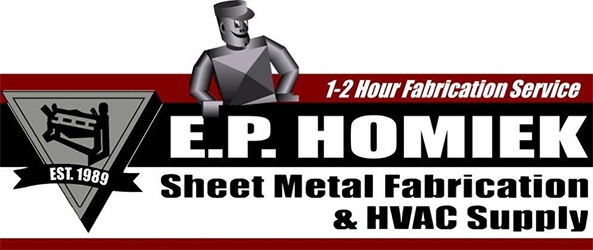Oversized A/C Units: Bigger is Not Always Better
- Posted on April 20, 2016
- by admin
- in Blog_Posts
- Comments Off on Oversized A/C Units: Bigger is Not Always Better
Contrary to popular belief among consumers, bigger is not necessarily better when it comes to air conditioning equipment. A cooling systems has two jobs to do when it runs – to lower the temperature and to dehumidify the air. Many HVAC contractors use rules of thumb to determine equipment size (a no-no), or they don’t take the time to properly calculate a load, instead choosing to err on the side of caution by installing a larger unit than is needed. In fact, it is better to have a slightly-undersized system than it is to have equipment that is oversized.
An oversized system has no problem cooling a space in a short period of time, but rapid cooling comes at the expense of dehumidification. Air must pass over the evaporator coil for an extended time in order to remove moisture. If a system is oversized, the thermostat is satisfied too quickly and shuts off before it can sufficiently dehumidify the air, resulting in cold, clammy conditions. Short cycling – turning on and off frequently – increases wear and tear on a unit and shortens system life span.
A Manual-J load calculation should be used on every new home to accurately size heating and air conditioning equipment. Contractors who base equipment size on square footage of a conditioned area fail to recognize that every house is different, and cooling loads can vary wildly depending on orientation, insulation levels, window types, occupants, ducts, and surface areas, to name a few. New homes are usually no lower than 800 square feet per ton, and high-performance homes can come in as high as 2,000 square feet per ton. This means that contractors using 600 square feet per ton risk oversizing an air conditioner by as much as four times larger than it should be.
Short of replacing an oversized unit, there are several remedies that can be applied when a customer complains of humidity issues. Start with a thorough air balancing to ensure proper air distribution. A stand-alone dehumidifier might sufficiently lower RH to acceptable levels without breaking the bank. If possible, lower the blower speed of the air handler from 400 cfm to 350 cfm, but keep in mind that this might increase the risk of freezing the coil.
If you enjoyed this article please consider sharing it!




